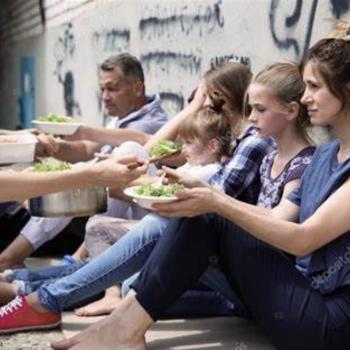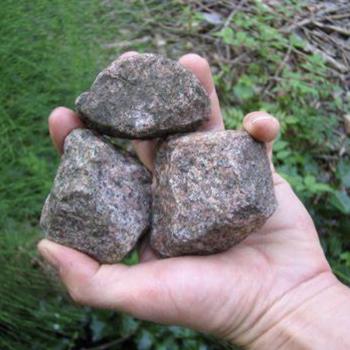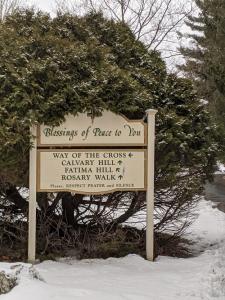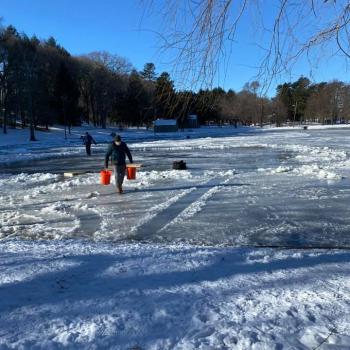In October we clean graves. We gather in the early morning or late afternoon (because it’s still hot in south Louisiana) with our scrubbers and soapy water, rakes and trimmers, a picnic basket and maybe some beer. We go to the cemetery to clean the graves of our ancestors and to offer some prayers for them or to them, the distinction never mattered much. This tradition has been handed down through the generations, finding its roots in our Catholic French heritage. I know where my great-grandparents, great-great-grandparents, great-aunts, uncles, cousins, and family members even more removed are buried, because we visit them.
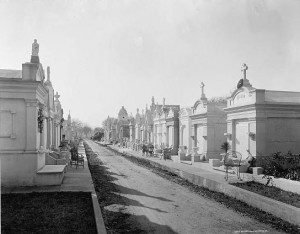
The graves around here need frequent tending because in our subtropical climate, things don’t last long without needing restoration. The old graves are all above ground and constructed of brick or concrete, they start to crumble or the paint starts peeling, so they need to be freshened up. Sometimes the weeds around them grow errant and need to be reminded of their place. The old graves are all above ground because the water table was too high to dig holes deep enough to bury a body without it filling with water. Now though, we can dig deep holes so the newer graves more closely resemble those in cemeteries around the country. We also started using a lot more granite markers and these last longer and require less maintenance than their concrete counterparts.
Throughout October, stores run ads in the local papers for grave paint, fresh cemetery candles, and coronne de toussaints or immortelles (flower wreaths). This past October, a local heritage site hosted classes every Friday for people to learn how to make traditional waxed paper flowers. Local news outlets published schedules for the All Saints Day Masses, blessings of graves, and All Souls Day Masses. I called a few local hardware stores on All Saints Day and they were all sold out of grave paint.
We clean the graves, getting them ready for La Toussaint or All Saints Day because we love and honor our dead. As anyone preparing for Baptism or their wedding improves their appearance for the big day, in the same way, we clean the graves for our loved ones’ big day. We’re proud that the day after we celebrate all the Saints in heaven, our own dead that we knew or descended from have their own feast day. Mother Church gives me a day to celebrate my great-grandmother who I’m named after, my two cousins who passed away, my uncle who died before I was born, and all the countless people in my extended family who’ve gone before me. I make sure I pray for them, and I know at least some have probably made it to heaven and are more than happy to put in a good word to God for the flesh of their flesh here on earth.
We honor our dead and we clean their graves. We pray for them and they pray for us. Our roots run deep and are steeped in Catholicism, superstition, familial affection, and appreciation for hard work followed by a hearty meal. I love my family and am grateful for their intercession. I try to express my gratitude by caring for their last resting place here on earth.
The Louisiana artist George Rodrigue (painter of the iconic “Blue Dog”) “grew up in a community that produced strangely beautiful ‘cities of the dead,’ a description often applied to cemeteries in South Louisiana where, due to the high water table, the dead rest above the ground in concrete tombs, lest they float up after a hard rain.” Learn more about his art and obsession with graves here:
http://www.wendyrodrigue.com/2009/10/tombs-in-life-and-art-of-george.html
Angelle Bollich contributed this guest post.



